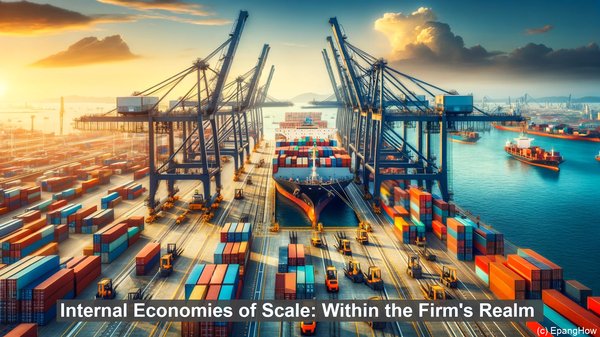Introduction: The Significance of Economies of Scale
Hello everyone! In the world of economics, the concept of economies of scale holds immense importance. It refers to the cost advantages that businesses can achieve as their production levels increase. Today, we’ll explore two specific types of economies of scale: external and internal. While they share the same goal of cost reduction, they differ in their origins and scope. Let’s dive in!

External Economies of Scale: The Power of the Environment
External economies of scale are driven by factors outside a firm’s control. They arise from the collective advantages that businesses in a particular industry or region can enjoy. For example, a cluster of software companies in Silicon Valley benefits from a pool of skilled labor, specialized suppliers, and a vibrant ecosystem. These external factors lead to cost efficiencies, such as lower input prices or shared infrastructure. Importantly, these advantages extend to all firms in the industry, regardless of their individual actions.
Internal Economies of Scale: Within the Firm’s Realm
In contrast, internal economies of scale are derived from a firm’s own actions and operations. They are the result of the firm’s ability to optimize its resources and processes as it grows. As production increases, a firm can spread its fixed costs over a larger output, reducing the average cost per unit. This is known as the ‘economies of mass production’ effect. Additionally, a larger firm may have better bargaining power with suppliers, enabling it to negotiate favorable terms. Other examples of internal economies of scale include the benefits of specialization, research and development, and marketing.
Implications and Examples
Understanding the distinction between external and internal economies of scale is crucial for businesses. For instance, when considering location, a firm may opt for a region with strong external economies, even if it means higher initial costs. The long-term benefits, such as access to a skilled workforce or a supportive network, can outweigh the short-term drawbacks. On the other hand, firms can actively pursue internal economies by investing in technology, training, or process improvements. These efforts can lead to enhanced productivity and competitiveness.

